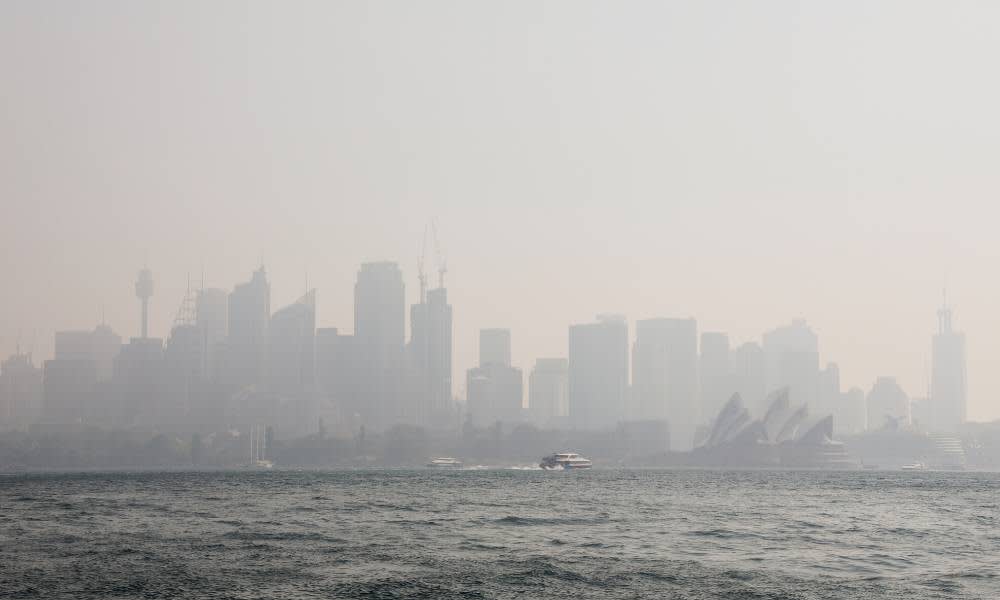Imagine breathing air that’s 12.5 times as polluted as the thick brown particle soup that’s covering Sydney today. That’s exactly what you’ll do if you’d exercised outside in the smoke haze.
When you’re at rest, you breathe in around six litres of air per minute, says one of Australia’s leading experts in air pollution, Associate Professor Brian Oliver, the research leader in respiratory cellular and molecular biology at the Woolcock Institute of Medical Research and a senior lecturer at the University of Technology Sydney.
But it’s a different story when you’re working out.
“When we exercise we can breathe in around 75 litres per minute, or 12.5 times as much air as normal, which can increase to 160 litres a minute in elite athletes,” Prof Oliver says.
“As the pollution is contained in each breath, the more breaths we take, the more pollution the body is exposed to. The amount that a person is exposed to is important. Someone running for just two minutes outside would have a slight increase in their overall daily exposure, but a person running for 45 minutes would have a dramatic increase,” he says.
“For most healthy people the immediate effects might be minor, such as an itchy throat or eyes, but people with lung conditions such as asthma or cardiovascular problems might end up in hospital.
In the longer term, we know that pollution can cause respiratory or cardiovascular diseases to occur.”
Training ruined
The heavy smoke haze on Tuesday disrupted training sessions everywhere.
Jonny Cainer, a Sydney running coach, was forced to move his sessions inside.
“I had to completely stop the running training and do a very static weights-only session, as it’s dangerous to inhale and deep breathe smoke while doing cardiovascular exercise,” he says.
Penny Walsh, a personal trainer at Fitness First Mona Vale, says she kept clients with respiratory problems inside, and their cardio to a minimum.
One obvious effect of the smoke, says personal trainer Isabella Hakin, was that her clients, from Sydney’s northern beaches, fatigued earlier in their training sessions.
Dinny Morris, a personal trainer at Kings Cross, found the same. “I think it has made my clients more lethargic,” he says.
So should you stop training when the smoke haze is heavy?
If you are training in a gym in a modern building, the indoor exposure will be minimal, Prof Oliver says, “but if the gym is really busy and the door is constantly open, or the windows are open for ventilation, then it’s likely that you would be getting significant indoor exposure too.”
If you really must train outside in heavy smoke haze, he recommends you buy a mask (N95 certified) that would limit your exposure, “but I don’t think that it would be comfortable to wear during intense exercise.”
Would it be safer just to avoid training altogether?
“Yes, I think that it’s better to be safe than sorry,” says Prof. Oliver.







